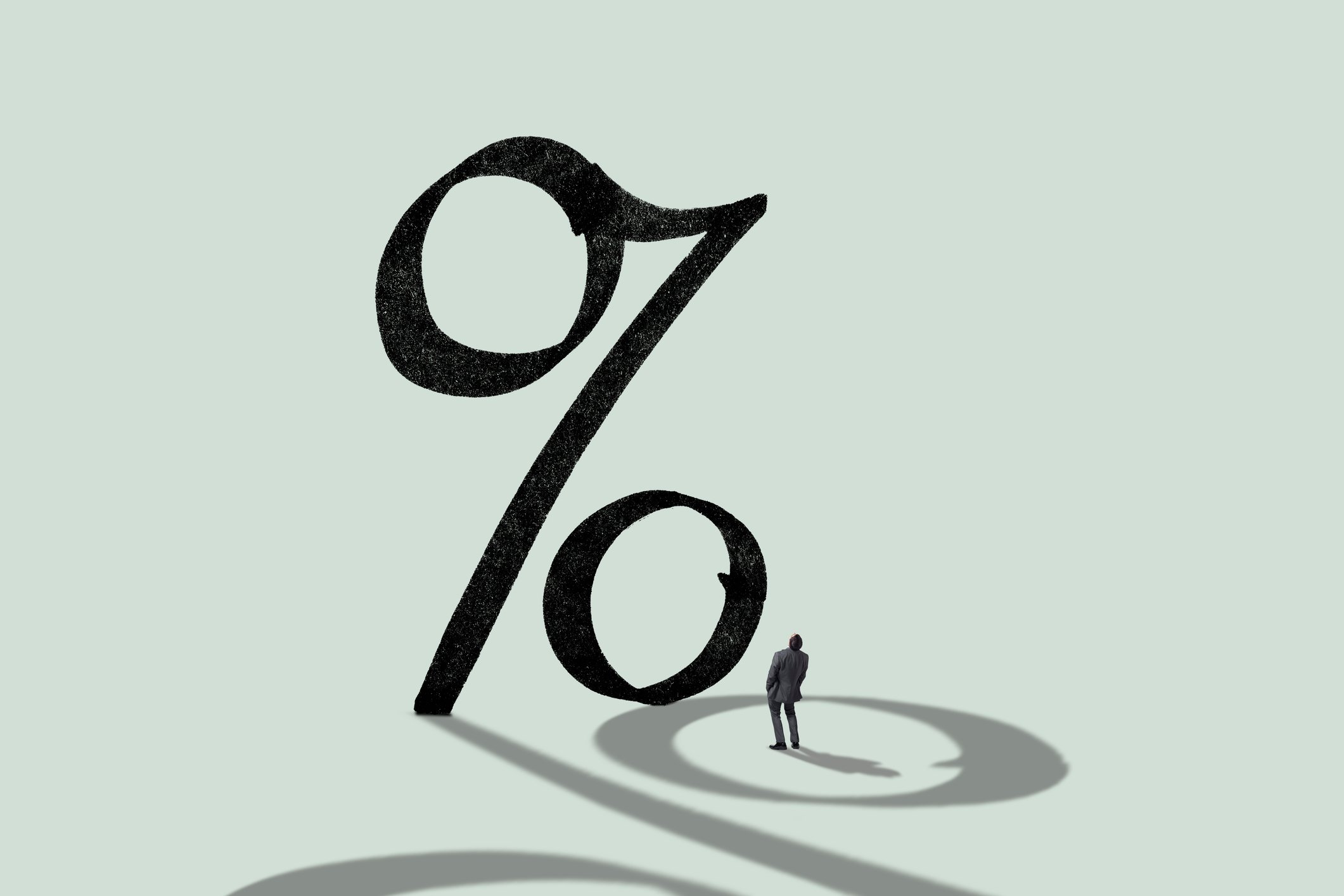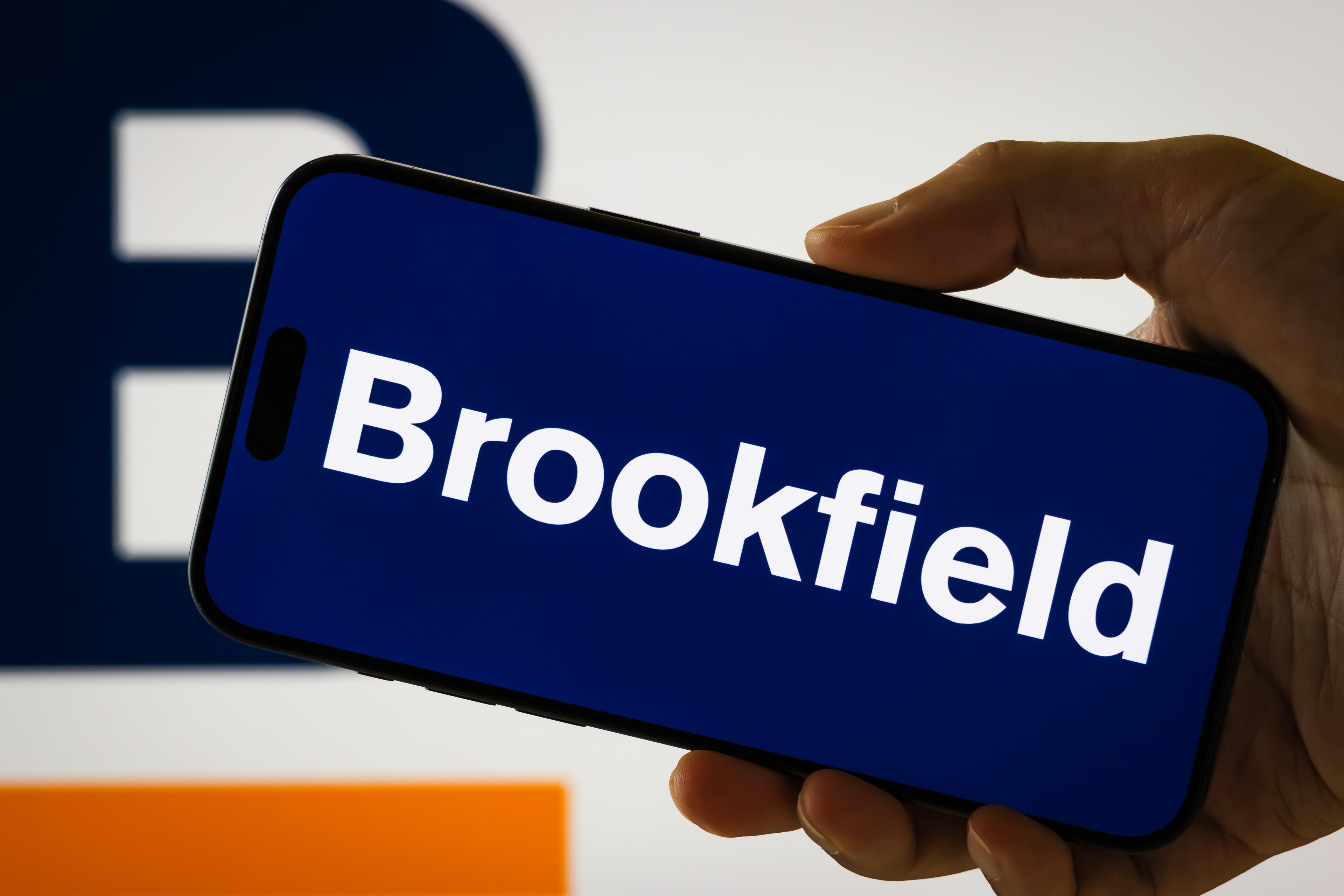It's earnings season for a little-followed niche of the financial market: business development companies. From billion-dollar giants like Golub Capital BDC (GBDC 0.73%) and Ares Capital (ARCC 0.15%) to relative small fry like Monroe Capital Corp. (MRCC +0.61%), there are a few interesting developments worth discussing in more detail. And given their high dividend yields, their stocks are well worth looking at.
Golub Capital BDC gets pinched by a crab
This quarter, Golub reported a rather sizable (in percentage terms) impairment on Ignite Restaurant Group, better known as the corporate holding company for restaurant brands that include Joe's Crab Shack. Ignite recently filed for bankruptcy.
When prompted by an analyst on the conference call, CEO David Golub shared some interesting detail about how this investment differed from other credits in the BDC's portfolio:
We don't have -- absent some unusual circumstances -- we don't have a meaningful level of downside from here. We were wrong on this credit. We pride ourselves on being wrong infrequently, but we are wrong a significant part of the time.
And in this case, we underestimated the pace of shift in the restaurant sector. This company saw a very dramatic shift in it same store sales, which has persisted for an extended period of time. The restaurant faces a challenging space. We approach it cautiously.
This one was an unusual one for us in that it was a participation in a loan facility that we did not lead, and I think one of the learnings ... from our standpoint is that in challenging sectors particularly, we're going to be increasingly stringent about the investment decision to participate in deals led by others.
So that's the story on Ignite. I wish it was a happier story. We'll see what's the final act looks like when we get together next quarter.
As for the actual impact to Golub Capital's book value this quarter, call it $0.03 per share, rounded up. That's the insignificant part. The significant part is in the details: Even good underwriters can make wrong turns when they rely on another company's deal flow. (Golub Capital BDC generally isn't that group.)
The other takeaway is that one of Golub Capital BDC's best qualities is real diversification. The company ended the quarter with 188 investments in its on-balance-sheet portfolio, which excludes 52 borrowers in its SLF program. Contrast that to its smaller rivals, some of which have as few as 30 portfolio investments, and you can quickly see how diversification is helpful for weathering the occasional underwriting error.

Image source: Getty Images.
Ares Capital gets some cheap money
As the largest BDC with one of the longest operating histories, Ares Capital Corp. is very much the bellwether of its niche. When Ares Capital does something -- anything -- the rest of the industry takes notice.
Ares Capital filed to sell $750 million of bonds to add a dose of leverage to its balance sheet. My back-of-the-envelope math suggests that, after including all upfront issuance costs and discounts, these bonds will effectively cost it about 3.7% per year.
If all this sounds like a bunch of unexciting bond stuff, it is. The takeaway, though, is that Ares Capital is borrowing a lot of money at a low fixed price.
While it isn't a perfect apples-to-apples comparison, consider that its credit facilities (corporate lines of credit, in layman's terms) had stated floating interest rates ranging from 2.8% to 3.5%, per its most recent presentation. Paying a mere 0.90% premium to lock in a fixed rate for 5.5 years is a very good deal, indeed.
Cheap credit is the lifeblood of any BDC. At their core, BDCs are in the spread business, borrowing at low rates to lend at high rates. What they pay to borrow money is second in importance only to what they earn lending it out.
Monroe Capital joins The Price is Right
BDCs provide a never-ending source of amusement when it comes to how they value their assets. Some brief backstory: Most BDCs invest in what are known as "level 3" assets, which generally aren't bought and sold on liquid markets.
Therefore, it's largely up to the BDCs' managers -- more specifically, their boards of directors -- to determine what their investments are worth at the end of each quarter. Occasionally you'll find multiple BDCs that own the same assets chiming in with different answers as to what they're worth as if they are contestants on the popular TV game show.
A retail company by the name of Bluestem Brands is the subject of today's The Price is Right: BDC Edition. Three of them -- Monroe Capital, Main Street Capital, and Capitala Finance -- each own a piece of one of its loans. How these BDCs value that loan varies tremendously, however.
|
Business development company |
Bluestem loan valuation as % of principal |
|---|---|
|
Monroe Capital Corporation |
71.1% |
|
Main Street Capital |
71.1% |
|
Capitala Finance |
97.8% |
Source: 10-Q filings for the quarter ended June 30, 2017.
It's not that difficult to spot the outlier here. But who's right? Ratings agencies S&P Global and Moody's have downgraded Bluestem Brands in the past month, suggesting Main Street and Monroe Capital are at least moving their marks in the right direction.
Realistically, Bluestem is a rounding error-sized credit for every BDC listed above. But it serves as a pretty good reminder that reported net asset values are, at the very best, a guess, and sometimes, if we're being frank, a little fudged.
Luckily, BDCs tend to share ownership of certain investments, giving the diligent investor some insight into which BDCs carefully mark their books, and which BDCs simply do not. While we're on the subject, if you own Capitala, keep an eye on another credit by the name of Flavors Holdings. (Hint, hint).











